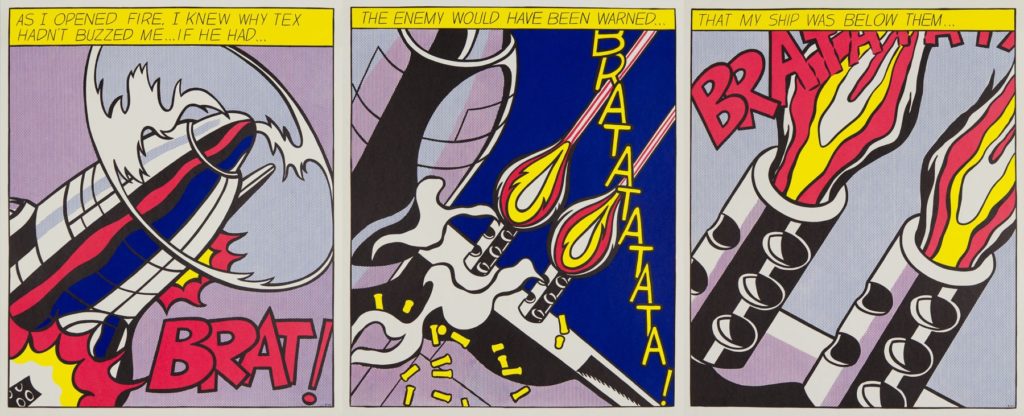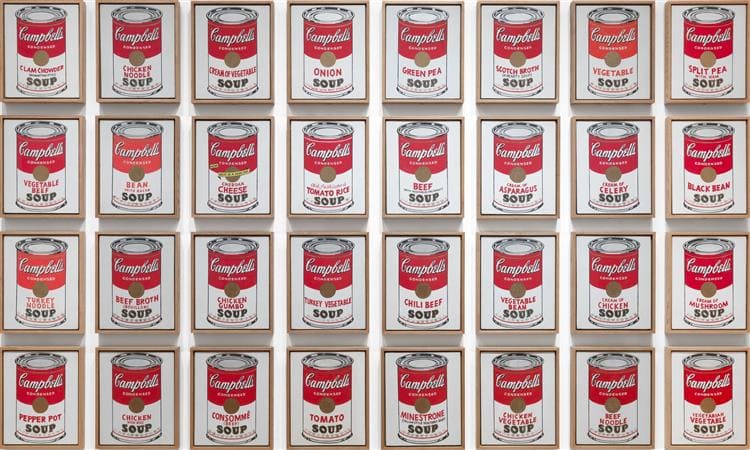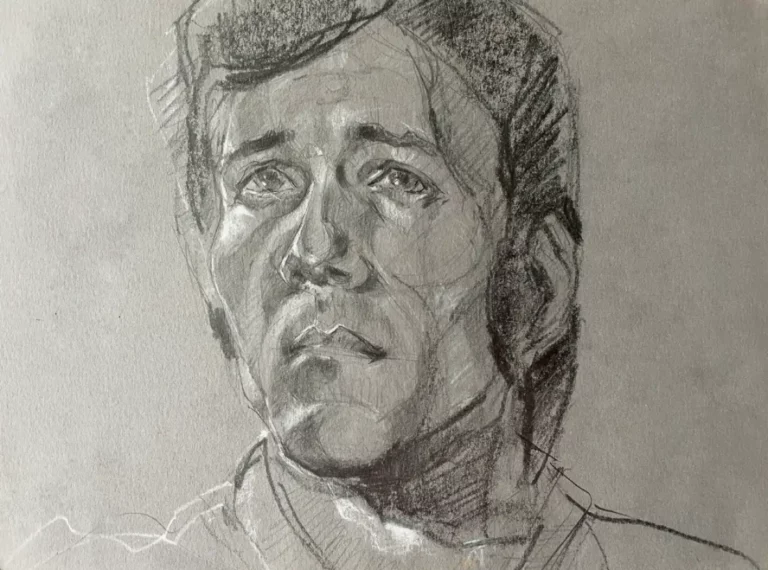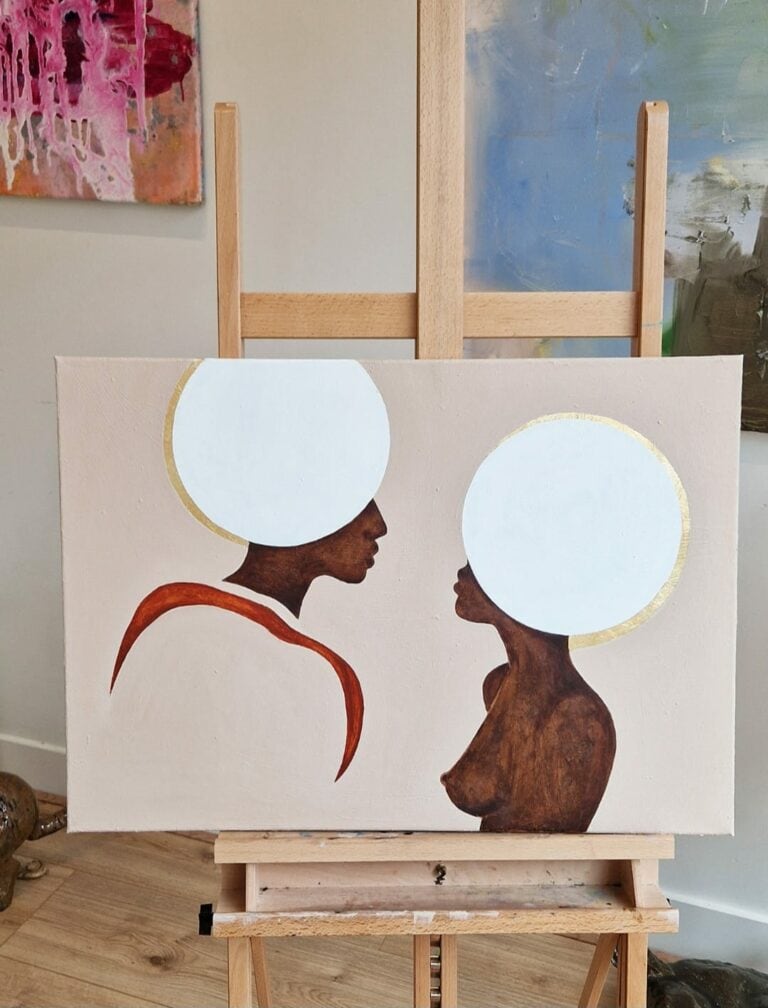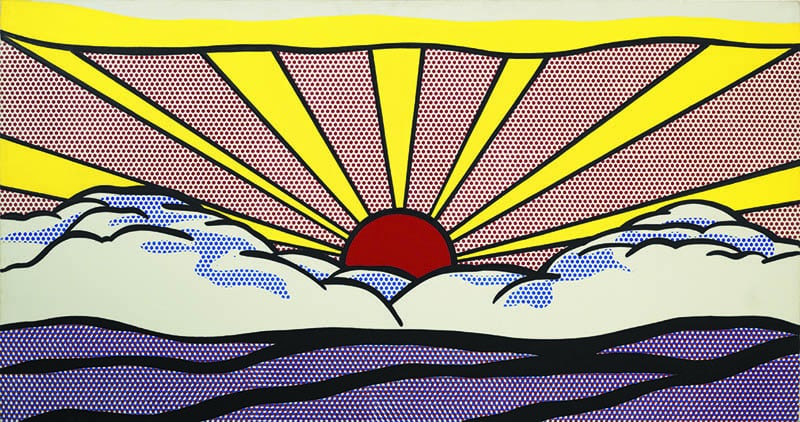
11 January 2022
Influence of pop art in American Culture
Pop Art originated in England with the “Independent Group” in the 1950s, based on industrial iconography, science fiction, light posters and some works by Francis Bacon. At the same time, it was accepted in the United States, settling precisely in New York as art proper to the society of the time which, with a great promotional montage, imposed it as a historical mandate, as the individual’s need to reaffirm its objectivity in this new mass society.
Pop art in the United States captures an important part of the urban consumerist sphere, the product of a society in expansion within the “American Dream” and the “American Way of Life”, promoted by the media in constant development in the reproduction and dissemination of advertising images. Pop artists, in reality, document what they see around them, with its lights and shadows. It is, no more and no less, the plastic manifestation of a culture that is characterized by various factors such as dizzying consumption, technology, leisure, consumption, fashions, democracy… Everything manufactured, packaged and ready to be sold.
As I opened fire, Roy Lichtenstein
It gave rise to a particular culture whose content can be easily perceived, which some critics of the time describe as “vulgar and elementary”. It was inspired by everyday objects, loaded with irony and evocations of the past in reference to films from the 1940s or cars from the 1930s, trying to draw attention to everything that was considered unworthy of being taken into account by art: tin cans, women’s underwear, standard furniture, “pin up girls”; and so, once the taboos were broken down, works were exhibited that were taken from reality, with Andy Warhol (1930) and Roy Lichtenstein (1923) as the most prominent artists of this movement standing out among their authors.
It is important to contextualize what was happening in the world in the 1960s: three characters dominated the world’s political spectrum: Kennedy, Nikita Khrushchev and Pope John XXIII, as exponents of a rapidly changing world, showing the great contradictions that came around: political-social movements, youth and feminist movements, rock and The Beatles, the unrest over the Vietnam War, the serious problems afflicting the now ex-USSR, the fall of the Berlin Wall, and also years of important technological advances, particularly in mass communication, which spread throughout the world, albeit with different perspectives.
This shift in artistic ideology can be contributed to some of the most popular key pieces of pop art. The experimental masterpieces than range from Richard Hamilton’s unorthodox collages from which the movement was born, to Roy Lichtenstein’s adaptations of comic books (now an icon of American culture) are prove thar pop art and culture can be much more interesting that what meets the eye.
This movement gave way to a new, different and accessible approach to art. It’s many different facets (from quirky to critical, to mentions just a few) the pieces made by pop artists from the 50’s to the 60’s all commented on contemporary life and events.
With roots in Surrealism, Dadaism and Abstract Expressionism, it is defined as a cultural manifestation that has been growing under the capitalist and technological conditions of industrial society.
Pop Art reflects the mood of an era characterised by political and economic stabilisation after the Second World War, which gave rise to new consumer habits and behaviour. The change in society, the bombardment of information by the mass media, the euphoria for new technologies, the new consumer culture and the cult of the stars of the moment were the starting point for the development of a different, new art, which is nothing more than a reflection of the spirit of an era. It is because of these factors that the name alludes to “popular art”, the art of the people.
In the United States, Pop Art came onto the scene in 1961. By that time, Robert Rauschenberg and Jasper Johns, two of the forerunners of American Pop Art, had already appeared on the scene in New York. One of the best representatives of the pop art movement was Andy Warhol, who worked on the basis of photographic variations on the same mythical theme. “Marylin Monroe“, “Elvis Presley” and “200 cans of Campbell’s soup” are some of his masterpieces. Warhol wanted to eliminate from the work of art any sign of manual labor, which is why many of his works are made from photographs projected onto canvas.
Warhol, Campbell’s soup cans, 1962
Pop art was already a trend that some artists explored in isolation; some of these pioneers, between them Warhol himself (who would become known as “the Father of Pop”) would eventually become synonymous with Pop. Warhol began to become involved in this artistic movement by making images taken from cartoons and television commercials which he painted with careful splashes of paint. These splashes emulated the look of American Abstract Expressionism. Eventually Warhol would remove references from his images until they were reduced to the iconic representation of a trademark, a celebrity, or a dollar sign; he also removed any trace of the artist’s hand from his paintings.
Warhol extrapolated his profound knowledge of the commercial world onto his artistic side. Thus, he intuited that defining a commercial niche was ultimately defining an artistic subject. Cartoons and comics had already been used by Lichtenstein; typography was part of Jasper Johns’ language; and Warhol also wanted to define his own distinctive aesthetic. His friends advised him to paint the things he loved most: in his peculiar way of taking things literally, for his first major exhibition he painted the famous Campbell’s soup cans, which he said had been his most frequent lunch throughout his life.
Roy Fox Lichtenstein, crying girl, 1964
Roy Fox Lichtenstein on his part, was an American Pop Art painter, graphic artist and sculptor, best known for his large-scale interpretations of comic book art. In 1961 he created his first Pop Art works. Among them, Look Mickey (1961) is particularly decisive in his career, as it is the first to use the style that was to become his trademark from then on: the well-drawn figures and Ben-Day dots.
Since then, his works were exhibited alongside those of other Pop artists such as Andy Warhol and Jasper Johns at the Leo Castelli Gallery, where in 1962 all the works in his solo exhibition were sold in advance of the opening. The influence of collectors outweighs that of those critics who consider his depictions of everyday objects and comic strips empty and vulgar. The series of canvases based on DC Comics women cartoons and images of explosions position him as one of the most recognized Pop Art artists on the international scene.
If we look at it, American pop art uses images of iconic characters and objects from the United States, such as Marilyn Monroe being the best-known examples; therefore is not hard to see why it has been so engrained into the American Culture.
Check some available works in our gallery.
Related Posts
Art Events
Bloom into Spring with our Flower Press Ceramics Workshop
Discover the beauty of flower-pressed ceramics in this hands-on workshop! Over two captivating hours, you'll learn to create a unique hand-built plate using dried blooms and other natural elements. Whether you're a beginner or seasoned artist, Lorena will guide you step-by-step as you explore this enchanting decorative technique.
Art Events
Portrait Drawing Masterclass: explore lines, shapes and expression
I’ll guide you through some basics of creating a portrait using pencil and some other additional materials. What is really important for you to learn is to observe and pay attention while drawing someone’s portrait. As an academically trained painter I spent countless hours improving my portrait drawing skills, which I will be very happy to share with you. Knowledge has no meaning, if it’s no shared.
Art
That’s Life – Annet van Belkom
In her newest series, That’s Life, Annet draws inspiration from the song ‘That’s Life’ by ‘Scorz’ to express the idea of life happening in cycles. The introduction of the electronic music track is accompanied by a beautiful story about life and reflects on the idea of who we are as humans and the continuity of […]




